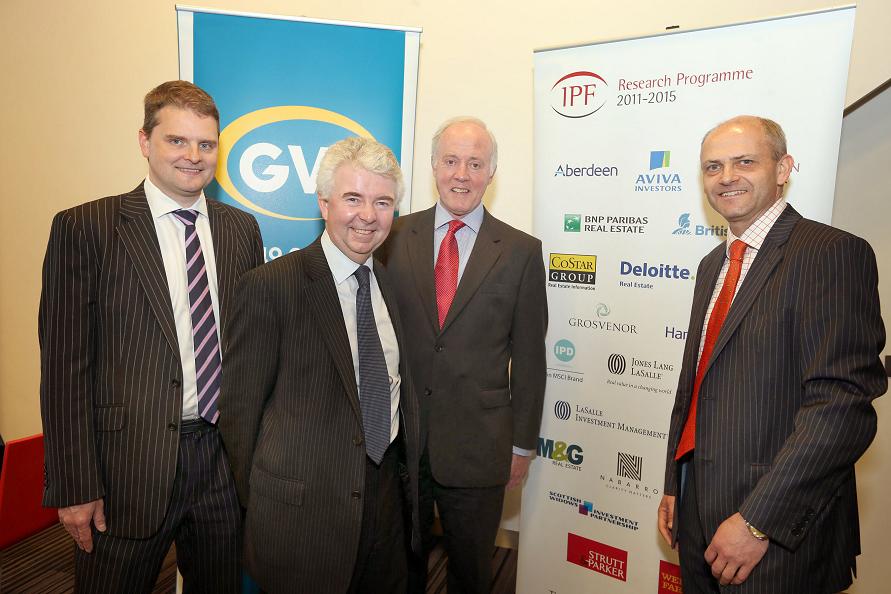The lending market for property companies is beginning to ease, according to new data presented to members of the Investment Property Forum (IPF) Midlands region.
The findings of De Montfort University’s annual “UK Commercial Property Lending Market – 2013 Report” showed that new lending to the commercial property sector was up from £25.5bn at the close of 2012 to £29.9bn in 2013.
What’s more, 60 per cent of lenders said they intended to increase the size of their loan books, compared to 46 per cent the previous year.
More than 70 lenders contribute to De Montfort University’s annual surveyon UK commercial property lending. The report is highly regarded in the property and finance industries, and referenced by the Bank of England.
The data was presented to more than 60 IPF members at a seminar held at the Library of Birmingham. Guest speakers included Bill Maxtedof De Montfort, author of the report, and William Maunder Taylor, director of property finance consultancy Kingfisher Property Finance. The event was chaired by David Smith of Strata Real Estate and sponsored by GVA.
The study revealed growing confidence among both lenders and borrowers, a greater availability of finance and increasing diversification among lending institutions, with the role played by ‘non-bank’ lenders such as insurance companies and debt funds becoming more pronounced.
Banks are continuing to patch up their balance sheets following the 2007 crash, with the total value of outstanding debt held against commercial property falling by 9.1 per cent in 2013, from £197.9bn to £179.8bn.
There has also been a significant shift in the underlying quality of loan books, with lenders reporting that 50 per cent of their loans are now secured on prime property, up from 42 per cent from last year. In addition, the loan-to-value (LTV) of legacy debt secured against investment assets improved. Of the outstanding debt, 63 per cent had a LTV ratio of 70 per cent or less, compared to 53 per cent in the previous year. The volume of debt with a LTV ratio of more than 100 per cent dropped from £40bn to £31bn.
The 12 largest bank lenders held 72 per cent of the outstanding market debt in 2013, significantly lower than the 82 per cent recorded in 2009.
Non-bank lenders, including insurance companies, accounted for 23 per cent of new loans in 2013, compared with 15 per cent in 2012.
The market for larger loans is more competitive, as more lenders are active in the £50m+ sector. Just 11 of the 70 lenders participating in the survey said they would be prepared to write a loan of £5m or less.
According to William Maunder Taylor, the big change shown in this year’s survey is the reduction in problem loans and a determined attempt to clear out balance sheets.
But he warned: “There is still a long way to go. Twenty five per cent of the loan book remains in breach or default, and the value of secondary property has fallen by 20 per cent over the last two years, increasing lenders’ potential losses.
“Looking forward, lending margins have fallen sharply as lenders compete for new business. I expect the second half of 2014 to show further improvements.”
Bill Maxted said: “An increase in capital values of better quality properties in the second half of 2013 took us by surprise but has fuelled an improvement in sentiment, reduced outstanding debt and helped to diversify the market.
“But there are still ongoing issues with regulation and an anticipated hike in interest rates could put the brakes back on.”
Damian Lloyd, investment director at GVA said: “Despite being early on in the cycle, the regional investment markets are now very aggressive for prime property.
“To date the market has been largely driven by cash; the re-emergence of debt is likely to drive our markets further forward”.




















